These plain language guides cover topics such as farm financing, accessing government programs, harvest practices and marketing. The plain language format makes this material accessible to beginning farmers, immigrants and other under-served audiences.
These plain language guides cover topics such as farm financing, accessing government programs, harvest practices and marketing. The plain language format makes this material accessible to beginning farmers, immigrants and other under-served audiences. They were produced by New Entry Sustainable Farming Project.
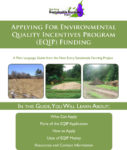
Applying for Environmental Quality Incentives Program (EQIP)
This plain language guide introduces readers to the USDA-NRCS Environmental Quality Incentives Program (EQIP), and explains eligibility for EQIP, how to apply and how the money can be used.
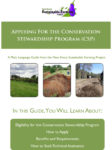
Applying for the Conservation Stewardship Program (CSP)
This plain language guide discusses eligibility and the application process for the USDA-NRCS Conservation Stewardship Program (CSP).
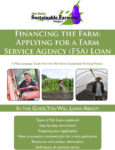
Financing the Farm: Applying for an FSA Loan
This plain language guide has information on the types of FSA loans available, and includes instructions for applying and developing a business plan.
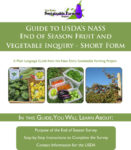
Guide to USDA's NASS End of Season Fruit and Vegetable Inquiry
This plain language helps farmers complete the USDA-NASS End of Season Fruit and Vegetable Survey. The guide explains the survey's purpose and step-by-step instructions for completing the forms.
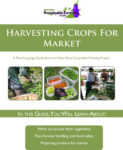
Harvesting Crops for Market
This plain language guide has information on when to harvest vegetables, how to prepare produce for harvest, and safe handling of produce after harvest.
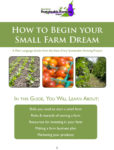
How to Begin Your Small Farm Dream
This plain language guide is for people who want to start a small farm. It covers skills you need to start a small farm; risks and rewards of farm ownership; financial resources; creating a business plan; and marketing.
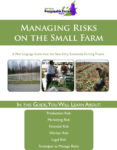
Managing Risks on the Small Farm
This plain language guide explains the five types of risk—production, marketing, worker, legal and financial—and provides worksheets.
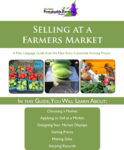
Selling at a Farmers Market
This plain language guide guide explains how to begin selling at a farmers' market, including choosing a market, applying for space, designing displays, setting prices, making sales and keeping records.
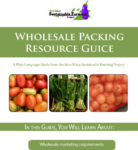
Wholesale Packing Resource Guide
This plain language guide is for farmers and ranchers interested in selling to supermarkets, produce distributors, restaurants and institutions.
This material is based upon work that is supported by the National Institute of Food and Agriculture, U.S. Department of Agriculture through the Sustainable Agriculture Research and Education (SARE) program. Any opinions, findings, conclusions, or recommendations expressed in this publication are those of the author(s) and should not be construed to represent any official USDA or U.S. Government determination or policy.
